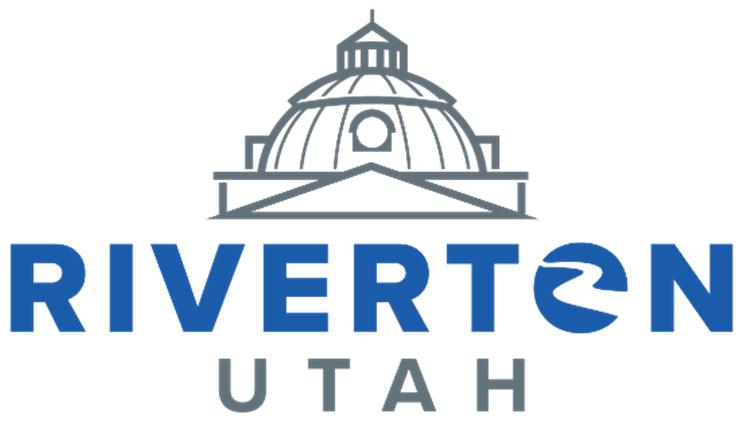
3 minute read
Budget Process
FY 2023 Budget
Organizational Structure
In April 2021, the City rolled out a comprehensive overhaul of the City’s organizational chart. This change created a lot of staffing changes in reporting relationships as well as physical movement as employees moved workspaces. Budgetary departments did not change with the organizational change. This FY 2023 budget document will now show budgetary departments based on the new organizational structure, as well as by budgetary functions.
Revenue Budgets
When projecting revenues for the budget, accounts are analyzed to establish historical trends. Staff will then utilize these trends along with outside resources such as the Utah State Governor’s Office of Economic Development and the Salt Lake County Mayor’s Office. Staff will also review the analytics against planned projects or programs, as well as any inside knowledge of additional items that may not be included in a simple historical analysis or from outside entities, such as a current analysis of the development activity and what projects might be coming. The main source of revenue for the general fund is sales tax which has historically been averaging just over 9% in annual increases. Staff has recommended a conservative increase of 9% over the anticipated finish for FY 2022.

Expenditure Budgets
The following are the budgetary departments for the FY 2023 budget.
City Council Mayor’s Office City Manager’s Office Court Communications Utilities Non‐departmental (includes insurance, general office supplies, etc.) Fleet Maintenance Administrative Services Development Services (includes animal control services and code enforcement) City Attorney’s Office Police Operations Public Works Information Technology Parks & Cemetery Events & Recreation Facilities Maintenance Wages & Benefits Committees & Boards Transfers & Fund Balance
Riverton City provides many different services to its residents. The City maintains multiple fund classifications, namely the general fund, capital projects funds, and enterprise funds. Most City employees perform tasks that benefit more than one fund. In order to properly account for both the employee costs and associated supplies, or other expenditures, costs are allocated between various funds. Cost allocation is determined based on quantifiable measures as follows.
General Administrative Split

The City has a general administrative split, which is based on the number of employees, number of accounts payable checks issued, and number of purchase orders awarded. A rounded average is calculated and applied across all departments that provide general services to multiple areas of City operations. The split for FY 2022‐2023 is 70% to the general fund, 15% to culinary water and 15% to pressurized irrigation (secondary water). Expenditures for the following departments are budgeted using this 70/15/15 general administrative split.

City Council Mayor’s Office City Manager’s Office Communications Non‐departmental Fleet Maintenance Administrative Services City Attorney’s Office Public Works Information Technology Facilities Maintenance

Public Works
In addition to the general administrative split, some accounts within the Public Works department are cost allocated to other funds according to construction and maintenance projects. In these instances, employees’ wages and benefits are individually allocated according to their projected workloads and could be allocated to other funds such as the class ‘C’ roads fund for street maintenance.

Water
Expenditures for the water division of the Public Works Department are generally allocated 70% culinary and 30% secondary. Exceptions to this 70/30 split are items that are specifically attributed to either the culinary or secondary system. In those instances, 100% of the expenditure is budgeted by the appropriate fund.







